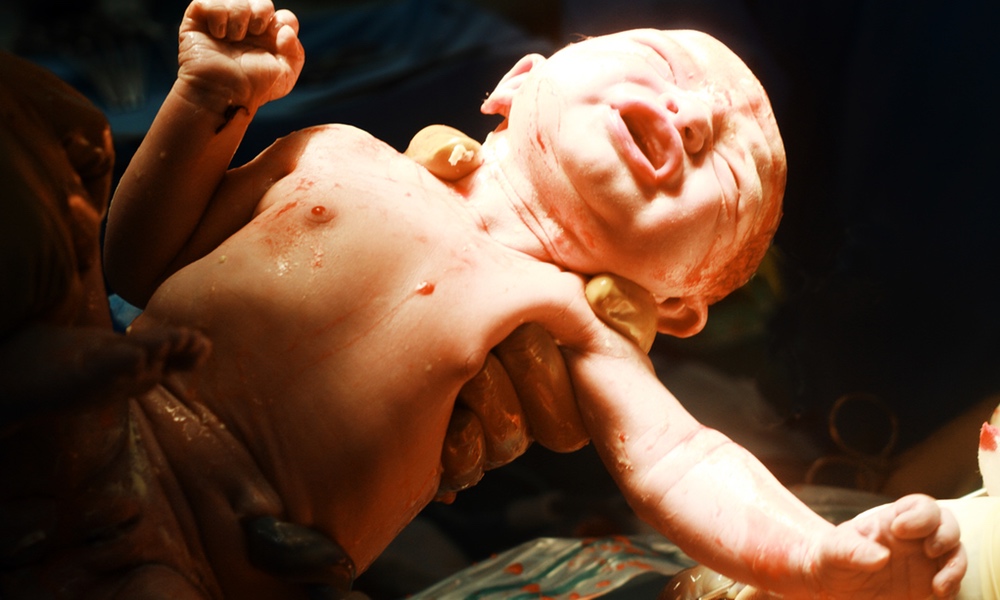An aspect of the opioid crisis that has not received attention is what it does to infants born to mothers addicted to opioids. Neonatal abstinence syndrome (NAS) is a group of problems that occurs when a baby is born addicted to the drugs its mother is taking, whether they are opioids for the management of pain, illegal opiates like heroin, methamphetamine or cocaine.
Babies born with NAS are likely to be irritable and eat poorly; they may have convulsions, fever, diarrhea. They may also have torticollis, an abnormal twisting of the neck. The twisted neck of torticollis can also be the result of the baby's being positioned abnormally in the uterus or birth trauma, either of which may damage one of the major muscles controlling the position of the head and neck. The heads of babies with torticollis are turned to one side and resist attempts to change head position.
There has been a dramatic increase in cases of torticollis, a result of a huge increase in the incidence of NAS, which quintupled between 2000 and 2012 as a result of the opioid crisis.
Researchers from Cincinnati Children's Hospital Medical Center looked at nearly 800 infants born with NAS over a five-year period, over 10 percent of whom were diagnosed with torticollis. Almost three quarters of these infants had been exposed to multiple opioids.
To ease their withdrawal, NAS infants were given methadone, buprenorphine and morphine. They also were treated with massage to help release their neck muscles.The incidence of neonatal abstinence syndrome (NAS), a group of problems that occurs when a baby is born addicted to the drugs its mother is taking, quintupled between 2000 and 2012 as a result of the opioid crisis.
The study does not prove that prenatal opioid exposure was behind the rise in torticollis, but NAS infants may have higher muscle tone, leading to a tightness of the neck muscles that could predispose them to an abnormal head positioning. The authors point out that when infants are withdrawing, they are often swaddled to help them remain calm. This positioning may pose a risk for normal range of motion of the neck muscles.
The researchers want people to know about the risks so that they are on alert for these problems and are ready to help get infants needed treatment. They write: “[T]orticollis may not develop for several months after the infant has been discharged from the hospital. If preventive measures are performed, torticollis and plagiocephaly may be avoided. Early detection and treatment might lead to resolution of the problems and might potentially prevent developmental delays.”
The study is published in the Journal of Pediatrics.





